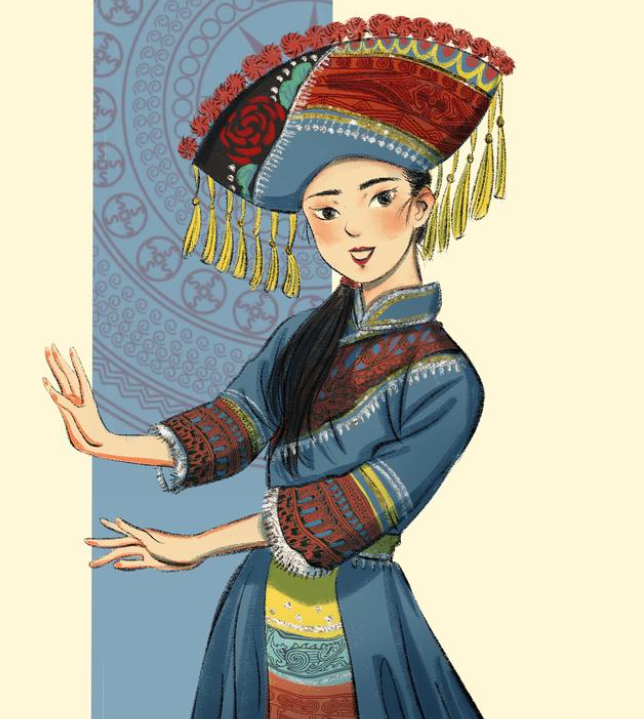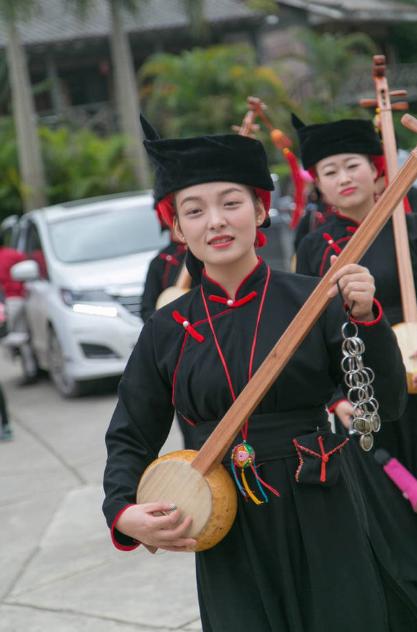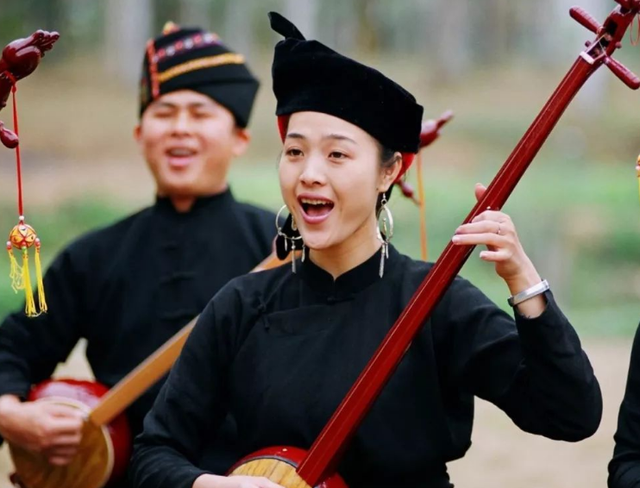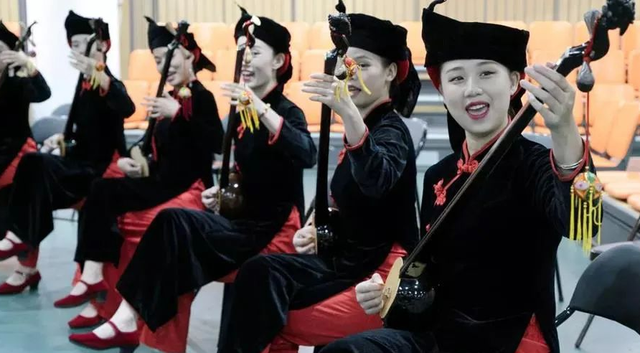One of the unique musical instruments of the Zhuang people in Guangxi - Tianqin
Tianqin is one of the unique musical instruments of the Zhuang people in Guangxi. It belongs to the plucked instrument. It is mostly used as an accompaniment instrument among the Zhuang people. It is popular in the area of Longzhou, Guangxi. In order to communicate with the sky, Tianqin has an extremely important position in the Zhuang people. The earliest research on the Zhuang Tianqin is Lu Kegang's "Zhuang Nationality Tianqin Music Mode and Its Multi-voice Combination Characteristics", which analyzes the musical form of the Tianqin, including its rhythm, tone organization and multi-voice combination. There is also Li Yanan's "Common Features of Chinese and Vietnamese Lily Music Forms", which studies the common characteristics of Liyan music forms in China and Vietnam in terms of mode, tonality, musical structure, rhythm and rhythm. . The research on Lyra also includes the following.

First, the research on the introduction, production and improvement of Tianqin includes: Yuan Shouyu's "Research on the Manufacturing Technology of Guangxi Budai Tianqin Since the 20th Century" introduces the historical origin, shape and production technology of the cloth and Dai Tianqin, and discusses the Tianqin Improvement of the piano. In his "Comparative Study on the Production Technology of Traditional Cloth-Dai Tianqin and Improved Tianqin", the production technology of traditional and modern cloth-dai Tianqin is compared. Wu Jinlin's "Thinking on the Improvement of the Lyra and the Development of Lyra Music" analyzes the shape, characteristics, improvement and future development of the contemporary Lyra.

Second, the cultural and social functions of Tianqin have been studied: Luo Meng's "Research on the Musical Characteristics of Tianqin Culture in Longzhou" ⑦ From the diversity of singing and performance, the comparison of morphological differences, the difference between modern and traditional repertoire The characteristics of Longzhou Tianqin music culture are analyzed from aspects such as the existence of commonality. Huang Xinmei's "A Preliminary Exploration of the Tianqin Culture of the Zhuang Nationality" interprets the cultural meaning of Tianqin by expounding the relationship between Tianqin and religious witchcraft, and the new development of Tianqin in the new era. Li Yan interprets the definition of Tianqin culture from the aspects of materiality, behavior and concept, and expounds its philosophy, religion, folklore and aesthetics in "The Art of Secular Artifacts - One of the Studies on Tianqin Culture of the Zhuang Nationality" The meaning of , and use this to carry forward the culture of Tianqin. Jin Shuyan's "Strategy for Building National Cultural Brands in the Background of Rural Revitalization—Taking the Tianqin Culture of the Zhuang Nationality as an Example" through the four aspects of "ceremonial and disciplined inheritance, cultural awareness and activation promotion, knowledge-based condensed improvement and branding" This step will build Tianqin culture into a national brand.

Li Hongwei's "National Cultural Innovation and Industrial Chain Research" discusses the art chain, inheritance chain, tourism chain and market chain of Tianqin culture, and points out a new way for promoting Tianqin culture. Wang Jun's "Exploration of the Social Functions of the Zhuang (Bubian) Tianqin Culture" is based on the introduction of the shape characteristics and playing methods of the Zhuang Tianqin in Fangchenggang Town, Guangxi, and analyzes the social function and corresponding values of the Tianqin. Nong Ruiqun and Huang Liuling's "Analysis of the Cultural Function of the Tianqin of the Zhuang Nationality" mainly analyzes the cultural function of the Tianqin "Yutian".

Third, there are studies on the inheritance and development of Tianqin culture: Huang Xinyu's "Research on the Transmission of Tianqin Culture of the Budai People in Longzhou, Guangxi" discusses the inheritance and development of national culture by exploring the origin and development mechanism of Tianqin . Weng Kai's "Inheritance and Inspiration of Tianqin Culture and Art" proposed that the inheritance and development of Tianqin culture should be combined with the trend of the times and local characteristics. Huang Xinyu and Liang Hangbin's "The Cultural Protection of Border Minorities from the Perspective of Communication: Taking Longzhou Heiyi Zhuang Tianqin Culture and Art Protection as an Example" also emphasizes that the protection of Tianqin culture must be combined with the trend of the times and national characteristics.
In Huang Bingxiang's "Research on the Inheritance and Protection of the Tianqin Culture of the Zhuang People in Dongzhong, Guangxi", the Tianqin culture of the Zhuang people in Fangcheng District is analyzed from the aspects of natural and human conditions, cultural connotations and multiple social functions, and the In this way, we discuss the inheritance of Tianqin culture.
 渝公网安备 50010702504639号
渝公网安备 50010702504639号